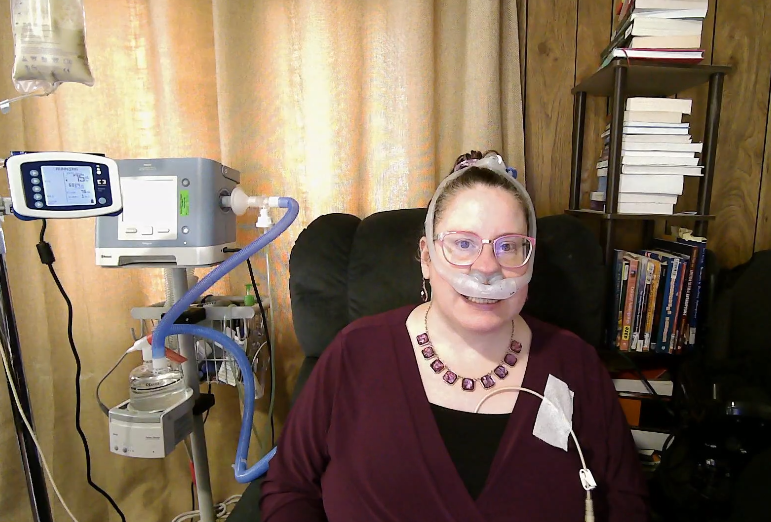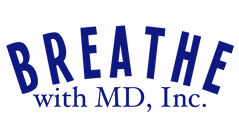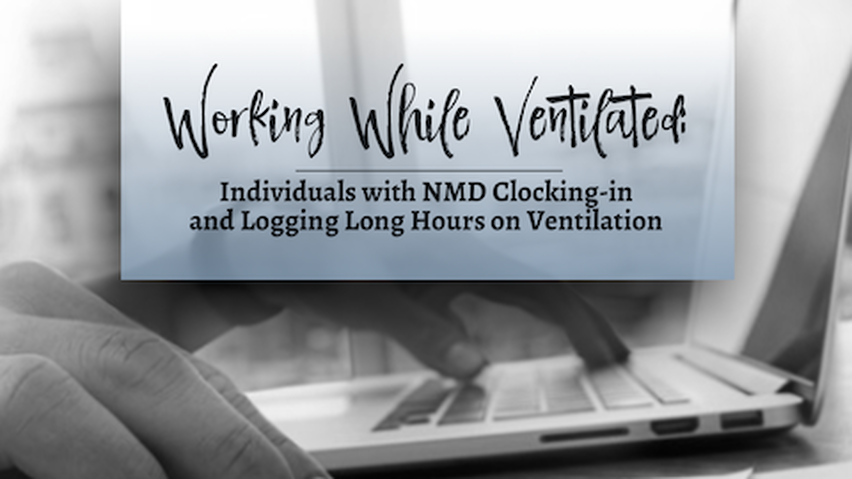"So, most of my work is on the computer--writing lectures, ebooks, blog posts, social media posts, etc. I can use my ventilator during these aspects of my work with no problems at all." -Keirsten Snover  Keirsten Snover is wearing a noninvasive ventilation mask and is seated next to her ventilator and other medical equipment. Keirsten Snover is wearing a noninvasive ventilation mask and is seated next to her ventilator and other medical equipment. Hi! I’m Keirsten and I'm an Anthropologist. I have 2 Master's degrees in Anthropology, and I've worked as a Medical Anthropologist for the Cleveland Clinic, the #2 hospital in the world! Many people think Anthropology is digging up dinosaurs--but, nope--that’s paleontology. Others think Anthropology is just like the TV Show, “Bones.” But Forensic Anthropology is only a small part of the huge discipline of Anthropology! Anthropology is the study of people, and is divided into 4 fields: 1. Cultural Anthropology (the study of human cultures around the world) 2. Physical/Biological Anthropology (the study of the human body, including Forensic Anthropology) 3. Linguistic Anthropology (the study of human language) 4. Archaeology (the study of what humans left behind, through excavation) When people hear that I’m an Anthropologist, so many tell me they wish they could study Anthropology, but they don't want to have to go to college to do that. That's why I created my own business, called "Anthropology 4U," to teach online and in-person courses in all 4 fields of Anthropology. I’ve been in business just over a year, and have released only 4 online courses so far, but I have over 1300 students from around the world! To learn more, visit my website at Anthropology4u.com. For years I dreamed of teaching Anthropology, but I have so many medical problems that my goal seemed out of reach. I have a disease called Mitochondrial Myopathy. Due to this disease’s progression, I now use a wheelchair for mobility, a feeding tube to eat, and a ventilator to breathe. I also struggle with severe fatigue and some memory loss, among other things. And, I require 11 hours of in-home nursing care per day. In addition, I’m in the hospital frequently and have lots of medical appointments. So, I needed a job with lots of flexibility! I soon realized that starting my own business and working from home would be a great solution. I could work whatever hours were best for me, and I could take breaks during the day when the fatigue or other symptoms were too much. And, if I was having a bad day overall, I could spend the day resting and just resume working again the next day. So I signed up with the Social Security Administration’s Ticket To Work Program, and I connected with NEBA (New England Business Associates). NEBA provided a business mentor who walked me through everything I needed to do to start my business. Now, I am able to work full-time and earn some money, but still keep my disability benefits. And most importantly, I keep my medical insurance and in-home care services. Since I work from home, it's easy to keep my ventilator and other medical equipment next to me, and my in-home caregivers can still take care of my needs. And, I can work the hours that are best for me. For example, due to all the medical things I need to do in the mornings, it’s best to start work at 11:00 am. I take breaks in the afternoons, and whenever else I need to. I use non-invasive ventilation for about 24 hours each day, and this does not get in the way of most of my work activities. Right now, I'm focusing on my online courses--I’ll be focusing on the in-person courses later. So, most of my work is on the computer--writing lectures, ebooks, blog posts, social media posts, etc. I can use my ventilator during these aspects of my work with no problems at all. However, being on a ventilator does pose a bit of a challenge when recording video lectures. It's sometimes hard for people to understand me when I talk while I’m on the vent. So, I turn the vent off while video-recording my lectures. These lectures are only about 5-10 minutes long each, and I'm able to turn off my vent for a few minutes and record a short video lecture. Then, I turn the ventilator back on when I’m finished recording. It's uncomfortable to be off the vent during the lectures, but I only need to do it for a few minutes at a time every few months or so. As my respiratory failure progresses, at some point I won’t be able to do this anymore. Then, I will just keep the vent on during recordings and I’ll offer written transcripts of my lectures as a supplement for students. When I start teaching my in-person courses, I will need to stay on my vent the entire time since these courses will last an hour or two. I will just use a microphone and make an extra effort to talk clearly. I’ll also remind my students that it’s okay to ask me to repeat something if they don’t understand what I say. Even though I will need to travel to teach these courses (to libraries, community centers, etc.), being on a ventilator won’t be a problem. My Trilogy ventilator has a travel bag, and it simply attaches to the back of my electric wheelchair. When I use my manual wheelchair, I just hang the bag’s strap across the back of my chair. The ventilator battery lasts for about 6 hours, and even though I’ll be back home before the battery runs out, I’ll pack a power cord just in case. So, even though I’m on essentially 24/7 ventilation, I'm still able to run my own business full-time, working from home. This arrangement gives me the flexibility that I need to accommodate my medical situation. If you are on assisted ventilation and want to work, consider starting your own business and working from home!
Carmen Jackson
8/10/2020 02:50:23 pm
You are a fantastic person, Kiersten. You constantly surprise me with our strength, abilities and courage. God bless you always as you have been a blessing to all who know you!!
Carole Zoom
8/13/2020 02:25:02 am
You and your work are so interesting! Comments are closed.
|
ArchivesCategories |
Breathe with MD, Inc. is a U.S. registered 501(c)(3) nonprofit organization. Donations are tax deductible to the extent allowable by law.
Note: This website should not be used as a substitute for medical care. For medical care or advice, please seek the care of a clinician who specializes in the breathing issues of those with Neuromuscular Disease (NMD).
Web Hosting by Hostgator
Note: This website should not be used as a substitute for medical care. For medical care or advice, please seek the care of a clinician who specializes in the breathing issues of those with Neuromuscular Disease (NMD).
Web Hosting by Hostgator


 RSS Feed
RSS Feed